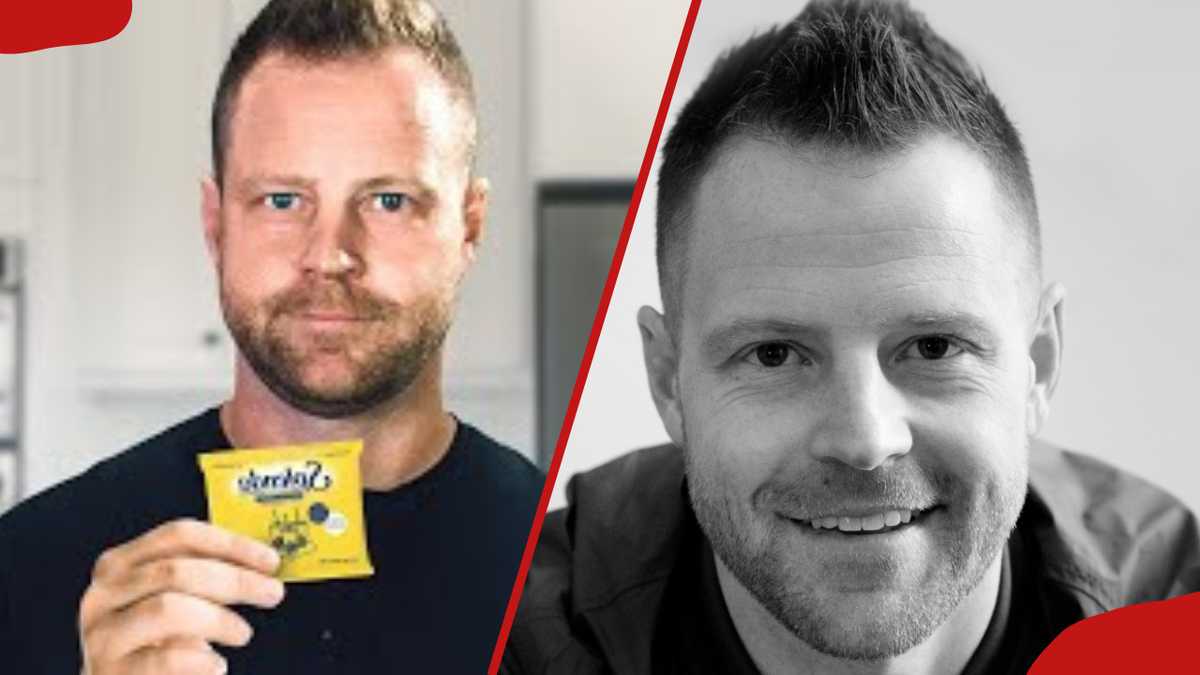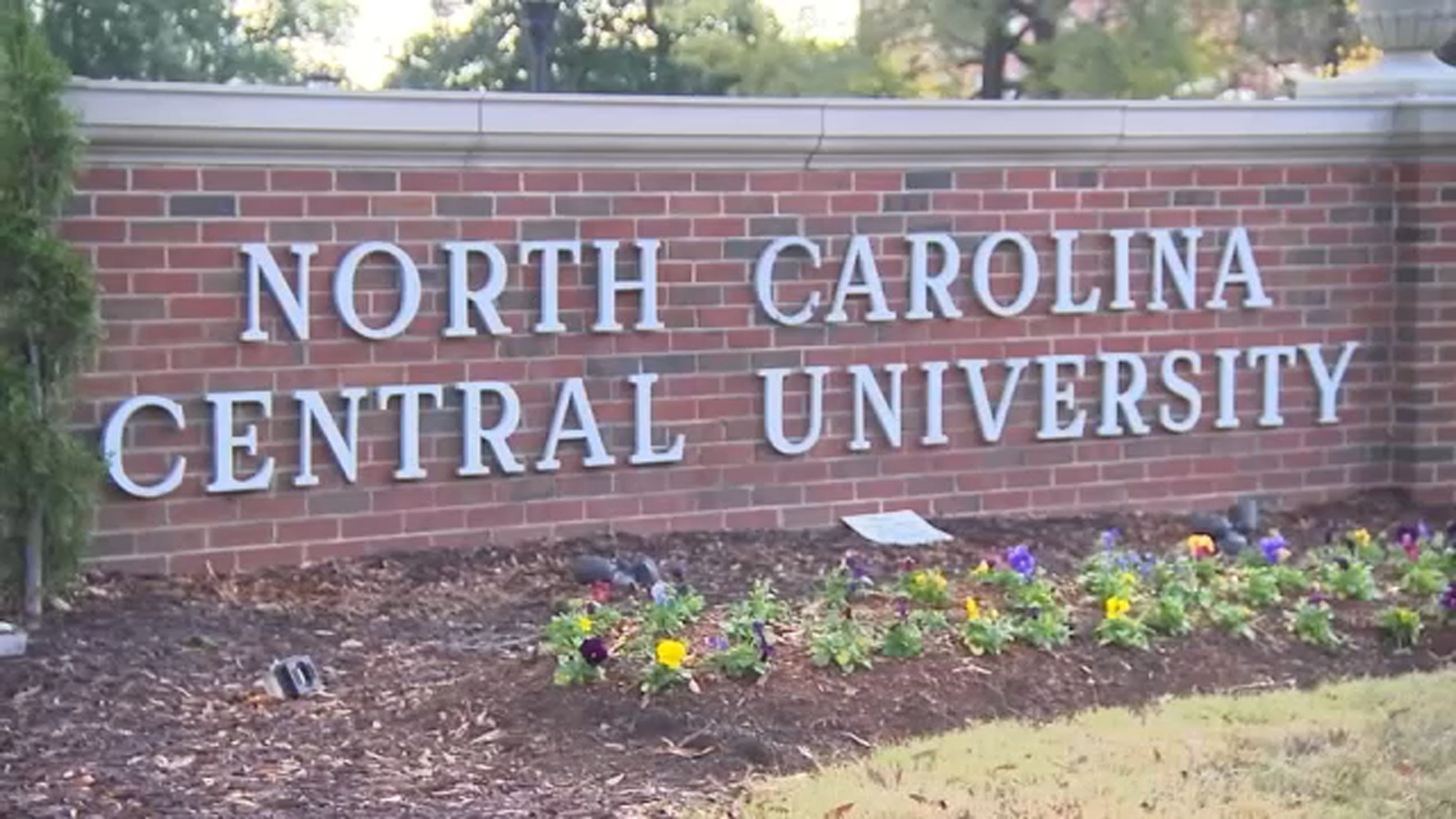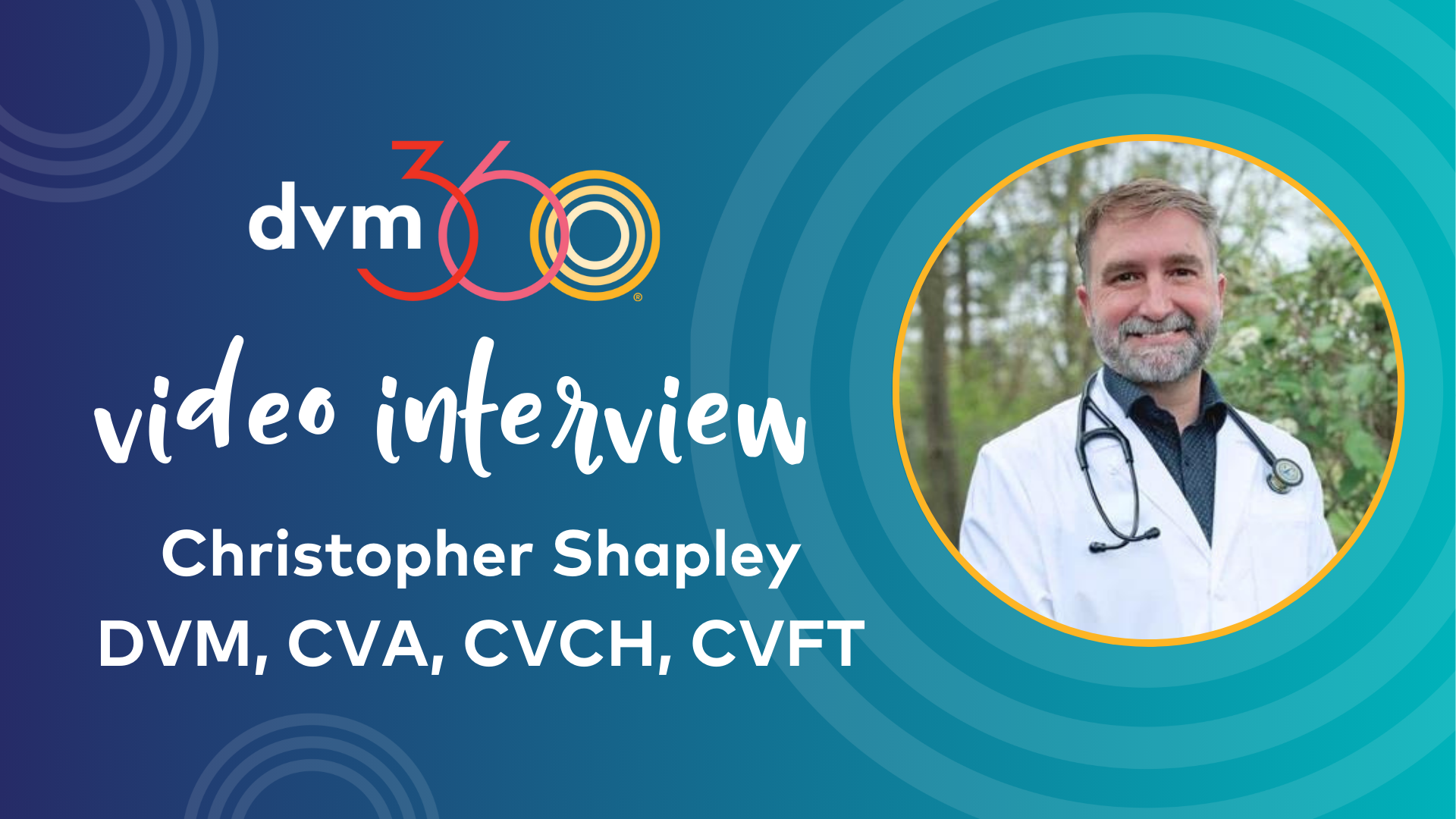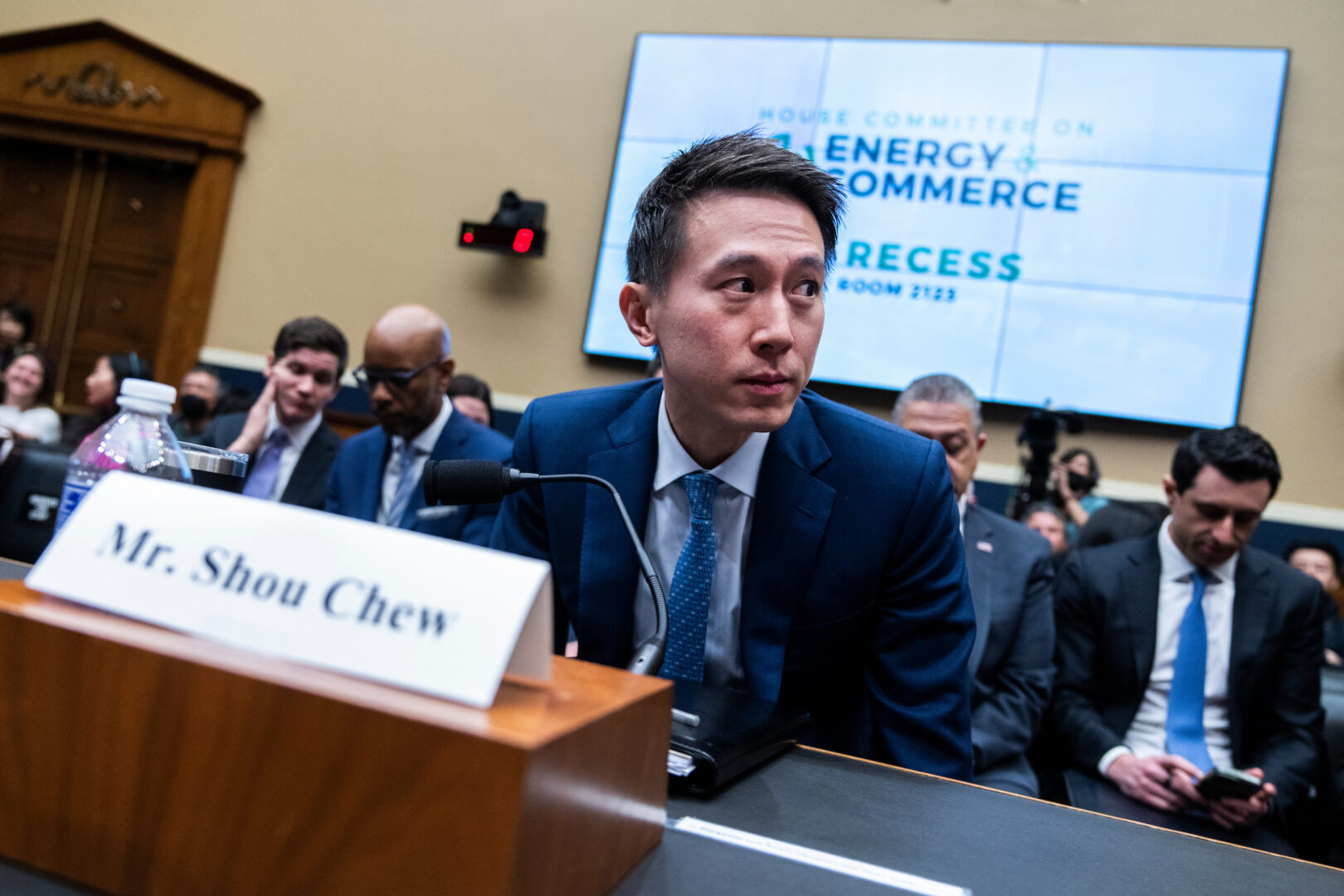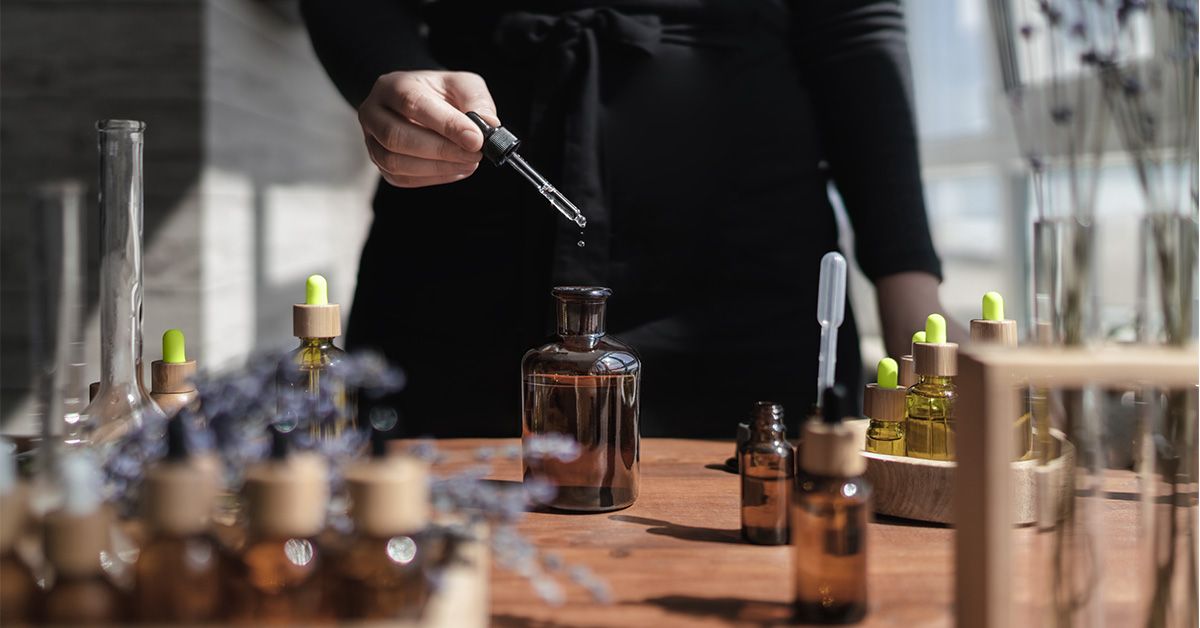
Depression is a potentially serious mood disorder. Herbal remedies may help reduce the symptoms, but there is little information about their long-term effects.
A remedy may be herbal or natural, but this does not mean it is safe or effective. In the United States, the Food and Drug Administration (FDA) does not regulate supplements in the same way as drugs. This means supplements can vary significantly in quality.
Herbs and supplements can also interact with other substances. Sometimes, this can result in dangerous side effects.
People should not try to treat depression on their own. Wherever possible, speak with a mental health professional about the symptoms, and always check with a doctor before trying a new supplement.
The following herbs and supplements may help with symptoms of depression.
St. John’s wort is a traditional herbal remedy for depression. According to the
St. John’s wort may not be consistently effective, and scientists do not know its long-term effects.
In addition, St. John’s wort reduces the effectiveness of many other medications, including:
St. John’s wort can also interfere with the effects of other antidepressants. In some cases, taking it with other drugs may lead to serotonin syndrome, which occurs when serotonin levels are too high.
For these reasons, healthcare professionals advise people not to use St. John’s wort instead of conventional treatment.
Ginseng refers to a group of plants that include American and Asian ginseng. The plants contain chemicals known as ginsenosides, several of which scientists theorize could reduce symptoms of depression.
A
However, most of the research to date testing ginseng for depression has involved animals rather than humans. High quality randomized controlled trials testing ginseng as a depression treatment are lacking.
Asian ginseng is a stimulant and
It is unclear whether ginseng interacts with other medications. However, similarly to St. John’s wort, there is concern it may interact with warfarin or other antidepressants. Always check with a doctor before using it.
There are two main types of chamomile: German and Roman. German chamomile (Matricaria chamomilla) may have certain benefits for people with depression and anxiety.
In a 2020 study, 179 participants with generalized anxiety disorder tried 1,500 milligrams of German chamomile extract per day for 8 weeks. Some of the participants also had depression, while some did not.
All groups experienced a reduction in anxiety. However, there was a more significant reduction in depression symptoms for the participants with both conditions, suggesting that German chamomile also has antidepressant effects.
Further studies are necessary to confirm the benefits and safety profile of chamomile for depression.
Lavender essential oil is a popular remedy for promoting relaxation. People use it in aromatherapy, which involves inhaling essential oils or applying them to the skin to achieve different effects.
A 2020 review of nine studies found evidence that lavender essential oil may have benefits as a complementary therapy for mild or moderate depression.
A 2021 review of past research reached similar conclusions but noted that studies to date have often had low numbers of participants and varying study methods. This makes it more difficult to draw firm conclusions.
It is also important to note that lavender can make people sleepy. Lavender affects neurotransmitters, and it is also possible that it may interact with certain drugs.
A 2020 review and meta-analysis of 12 studies found evidence that saffron may reduce depression symptoms. In the studies, saffron was more effective than a placebo and as effective as some antidepressants in some cases.
However, further research with larger and more diverse groups of participants is needed to confirm saffron’s benefits. The researchers also noted that studies with longer treatment times are necessary to confirm that saffron is a viable long-term therapy.
5-hydroxytryptophan, or 5-HTP, is a precursor to serotonin. Serotonin is the neurotransmitter that affects a person’s mood.
A 2019 review of research found evidence that 5-HTP can reduce depression symptoms. Few high quality trials have compared 5-HTP to a control group, so more research is necessary.
Taking too much 5-HTP, or taking it with other drugs that affect serotonin levels, could result in serotonin syndrome.
Additionally, because the Food and Drug Administration (FDA) does not regulate 5-HTP supplements as a drug, products may not contain the same ingredients or dosages stated on the label.
People should always check with a doctor before taking 5-HTP or any other tryptophan supplement.
If a person wants to take 5-HTP, they should ask a doctor for a product recommendation or look for high quality, third-party tested products from reputable brands.
Learn more about 5-HTP side effects.
The symptoms of depression can include:
People with depression may also seem angry, withdrawn, or use drugs or alcohol more.
Not everyone has all of these signs. If a person has some of them most of the time for
However, depression is not the only explanation for these symptoms, so it is important to get a medical diagnosis.
Anyone who thinks they may have depression should seek help and advice from a healthcare professional. They can help identify potential causes or rule them out.
If a doctor thinks a person may have depression, they can refer the person to a mental health professional for support and psychotherapy. They may also prescribe medications to help reduce the symptoms.
Depression treatments can take some time to start working. For some, the process involves trying different therapists or types of therapy. Some may find they also need to try other medications.
Depression is treatable,
Anyone having thoughts about suicide or self-harm should immediately seek emergency help, either with their doctor or local hospital or by calling the Suicide & Crisis Lifeline at 988.
If you or someone you know is in crisis and considering suicide or self-harm, please seek support:
If you’re calling on behalf of someone else, stay with them until help arrives. You may remove weapons or substances that can cause harm if you can do so safely.
If you’re not in the same household, stay on the phone with them until help arrives.
Several herbs and supplements may be able to reduce depression symptoms. However, they have drawbacks in many cases.
Some are only suitable for short-term use or mild symptoms. Many also have the potential to interact with other drugs. Others, such as saffron, have promising evidence behind them, but few studies show they are safe or effective as long-term strategies.
People with depression, or concerns they may have depression, should speak with a medical professional before trying these options.
A person with a diagnosis who wants to try complementary therapies for depression should also consult a doctor before starting them.
Share this article
OUR BRANDS



